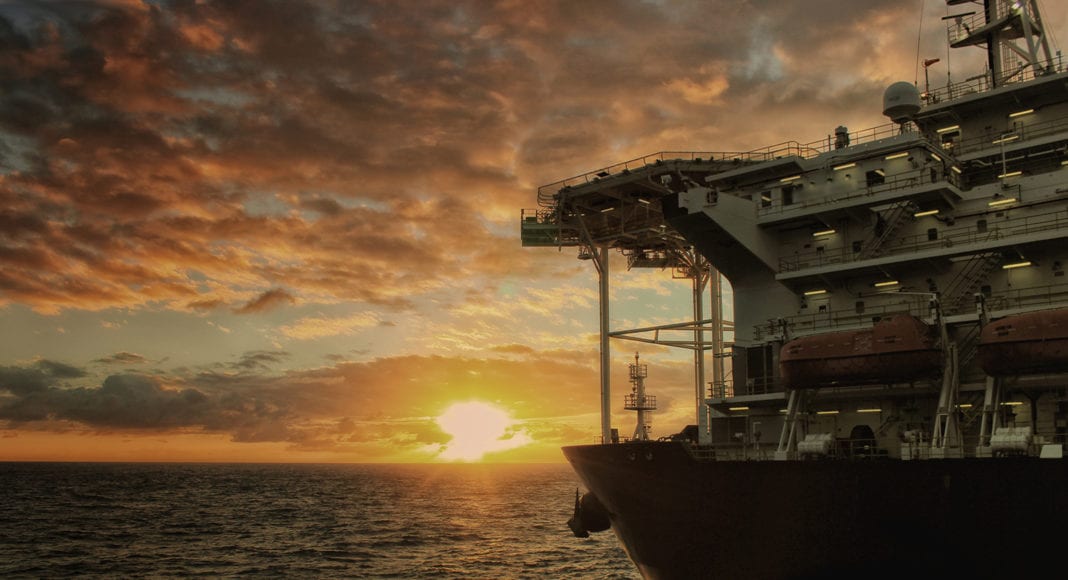Even as world leaders make big commitments to transition to renewable energy so as to achieve net-zero emissions by 2050, oil will still be needed along the way to meet global needs. During his company’s 2021 Q2 Earnings call, Hess Corporation’s Chief Executive Officer (CEO), John Hess, acknowledged this while noting that it was also supported by the International Energy Agency (IEA).
In this regard, Hess noted that the IEA’s rigorous Sustainable Development Scenario which assumes that all pledges of the Paris Agreement are met, categorically states that oil and gas will be 46% of the global energy mix in 2040 compared with approximately 53% today. Even in the IEA’s newest Net Zero Scenario, oil and gas will still be 29% of the energy mix in 2040.
Taking the two scenarios into account, Hess said it is clear oil and gas will be needed for decades to come and will require significantly more global investment over the next 10 years on an annual basis than the US$300 billion spent last year.
This is where its interest Guyana’s sweet, light crude plays a crucial role. Given the prime oil finds in the Stabroek Block where Hess has a 30 percent working interest, the CEO said its investment in Guyana will help it to meet the dual challenge facing the world, that is to say, filling the oil supply gap and reducing emissions.
He further underscored his company’s confidence in Guyana as he said recent data from Wood Mackenzie show that developments offshore the world’s latest petro-State, “are the highest margin, lowest carbon intensity oil and gas assets globally.”
Expounding further, the CEO said, “Our strategy is to grow our resource base, have a low cost of supply and sustained cash flow growth. Executing this strategy has positioned our company to deliver industry leading cash flow growth over the next decade and has made our portfolio increasingly resilient in a low oil price environment.”
He added, “Our strategy aligns with the world’s growing need for affordable, reliable and cleaner energy that is necessary for human prosperity and global economic development. We recognize that climate change is the greatest scientific challenge of the 21st century and support the aim of the Paris Agreement and a global ambition to achieve net zero emissions by 2050.”
He said the key for his company in this regard is to have low-cost supply. By investing only in high return, low-cost opportunities; the best rocks for the best returns; he said Hess has built a differentiated and focused portfolio that is balanced between short cycle and long cycle assets.
“Guyana is our growth engine, and the Bakken, Gulf of Mexico and Southeast Asia are our cash engines. Guyana is positioned to become a significant cash engine in the coming years as multiple phases of low cost oil developments come online, which we expect will drive our portfolio breakeven Brent oil price below US$40 per barrel by the middle of the decade…,” Hess said.
With a line of sight for up to 10 FPSOs to develop the discovered resources in Guyana, Hess said this industry leading cash flow growth rate is expected to continue through the end of the decade.



